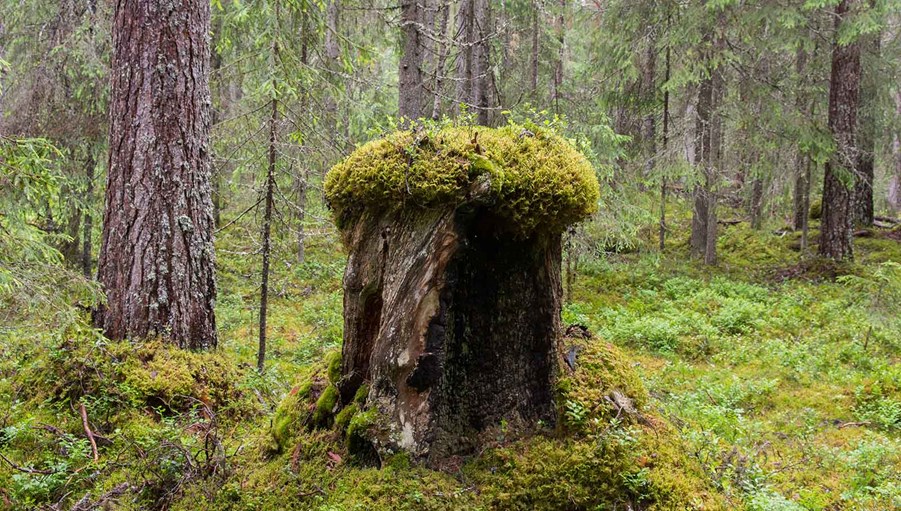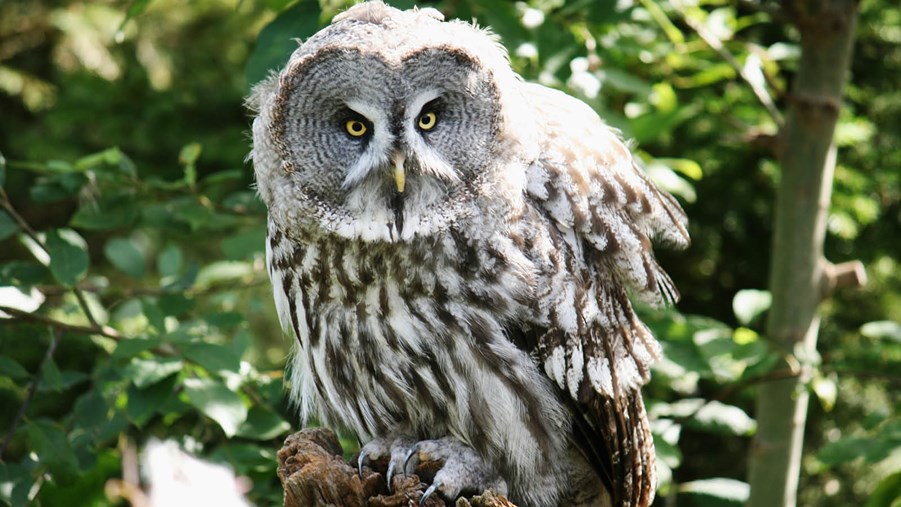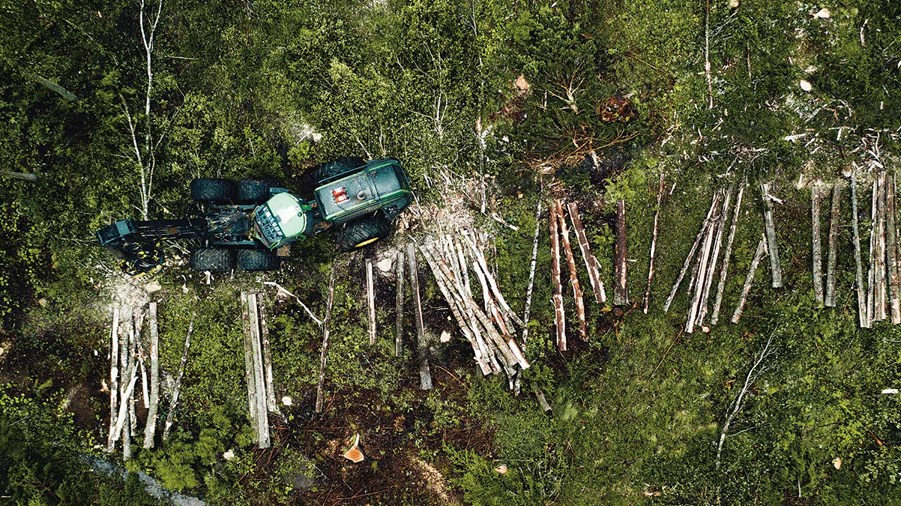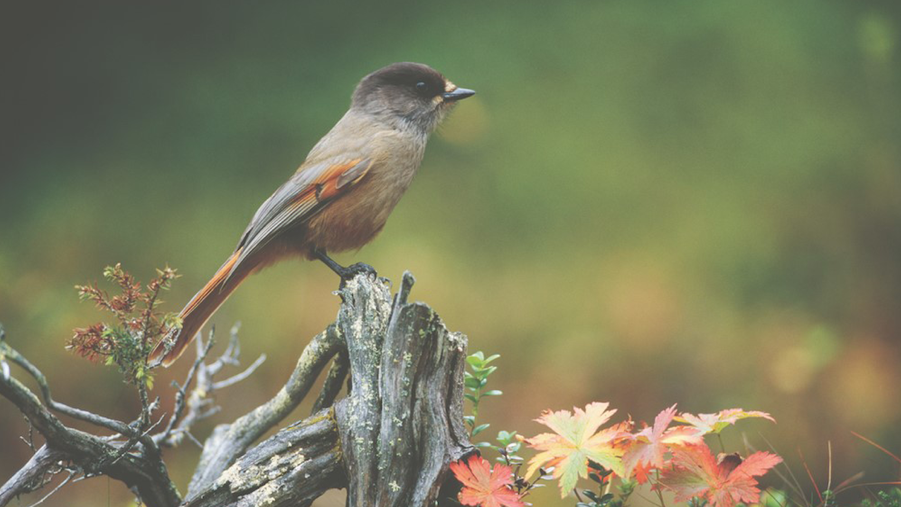
Sweden’s forest industry stives to manage forests in such a way as to ensure the survival of all species in the forest environment. Active nature conservation is conducted according to common guidelines.
Voluntary environmental work is a natural starting point for forest industry actors. Generally, greater consideration is given to nature than is required under the Forest Protection Act.
In the case of final felling, for example, efforts are made to preserve existing nature values. When managing young and thinning forests, this may relate to creating new future nature values. In order to constantly improve, forest industry companies actively review and evaluate their environmental work based on a number of indicators.
For example, many companies conduct annual reviews of the number of serious vehicle-related injuries and the standard of environmental steps taken. Results from these evaluations form the basis for continued dialogue with contractors and their own employees.
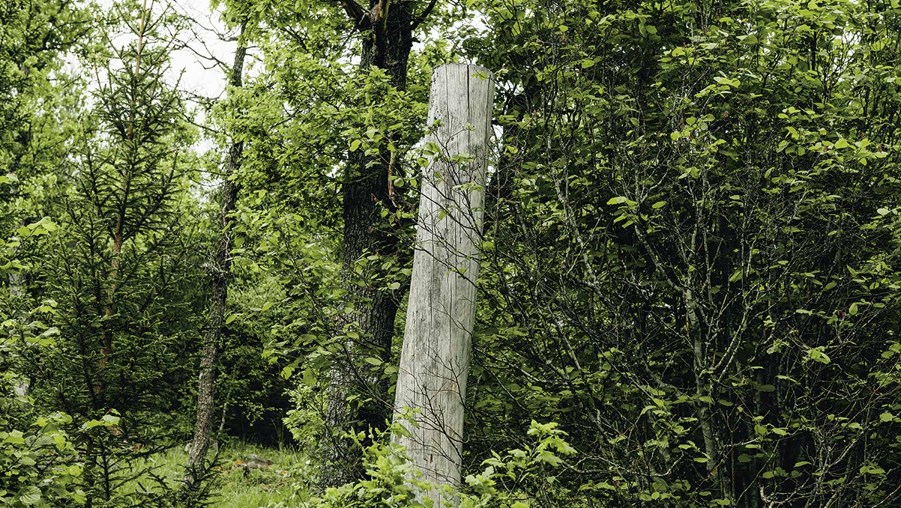
In the case of final felling, for example, efforts are made to preserve existing nature values. When managing young and thinning forests, this may relate to creating new future nature values. Photo credit: Samule Unéus
Photo: Samule Unéus
The FSC and PEFC responsible forestry certification systems seek to increase the amount of nature conservation work that is conducted. Today, approximately 60 per cent of all forest land in Sweden is certified, which is an extremely high proportion internationally.
Due to nature conservation and sustainable forest management since the 1990s – when Sweden’s current forest policy came into effect – the amount of mature forest on productive forest land in Sweden has doubled. These areas fall outside formal protection. The volume of coarse trees has also increased significantly throughout the country. For example, the amount of hardwood trees has increased nearly eightfold in 100 years. For life in the forest, this is of considerable importance. The amount of dead wood in forests without formal protection has increased by 65 per cent in the past 30 years – due to active nature conservation
